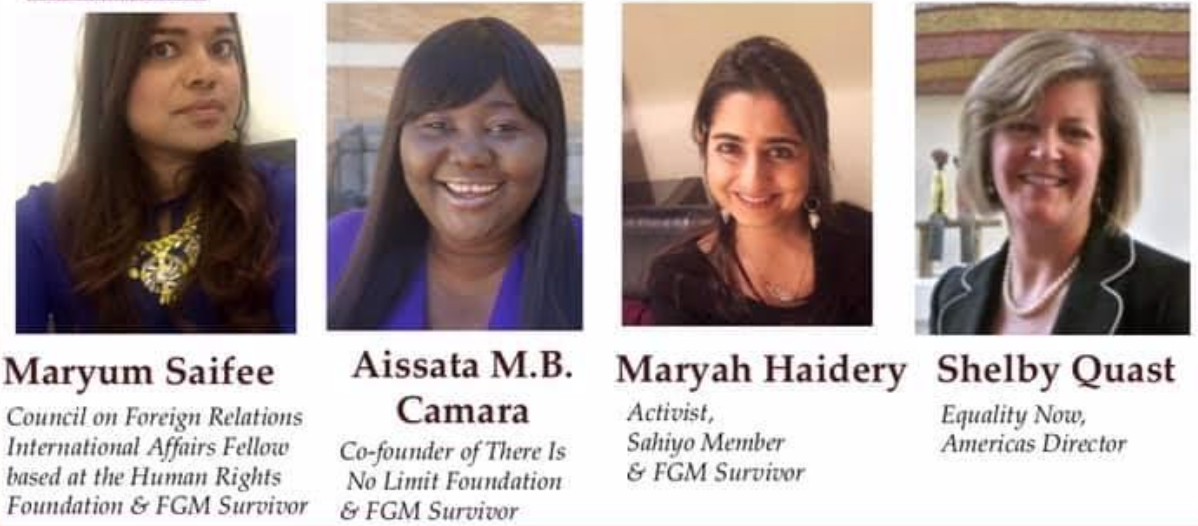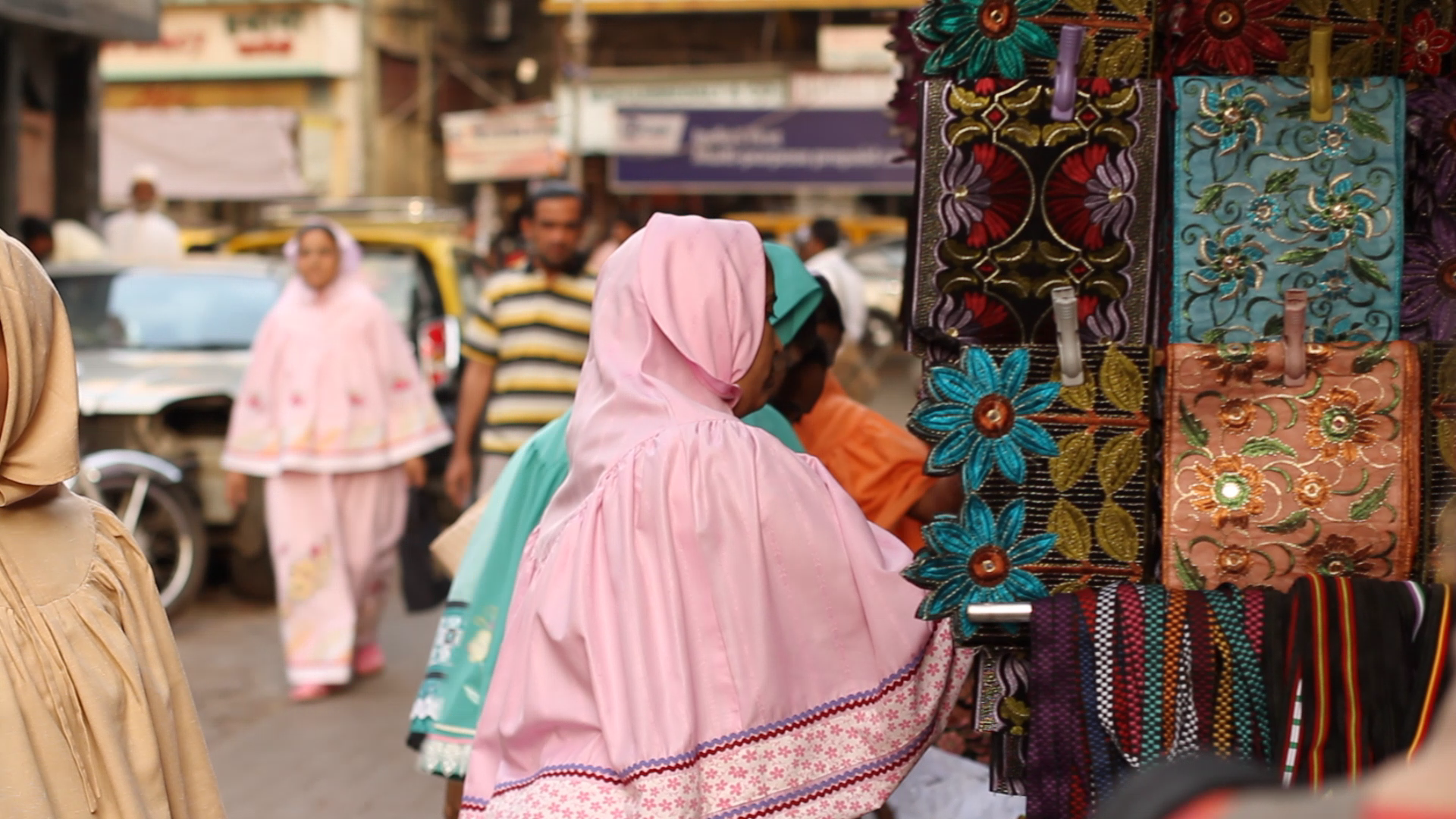By Saza Faradilla
Country of Residence: Singapore
This blogpost is the first in a four-part series about female genital cutting (FGC) in Singapore. This first installment details the historical, social and economic contexts of FGC in Singapore. It also explains the limitations of academic discourses on FGC in the Southeast-Asian region, and especially Singapore.
It was a Saturday afternoon in September 2016 when my dad picked me up from university and we headed over to a relative’s house in Sembawang. We only ever gathered there for special occasions. This time, it was my cousin’s second birthday. We entered the room, and it was full of relatives in brightly colored shirts, jubah (long Malay dress), jeans and scarves. Of course, the star of the evening, my 2 year-old cousin, Anisah, donned a red and blue sailor outfit. I went to pick her up and carried her around the room. A 38-year old female relative, wearing a simple combination of black t-shirt and jeans came over to speak to me, and my sister, who was also around us.
Relative (R): “Anisah minggu lepas dah kena sunat (Anisah was cut last week).”
Saza (Sa): “Apa? (What?)”
R: “Ya, kat doctor (Yes, at the doctor).”
Sa: “Huh, perempuan kena sunat? (Women need to be cut?)”
R: “Ya (Yes).”
Sa: “Tapi ini salah! Ini against WHO guidelines semua. Ini human rights violation (But this is wrong! This is against WHO guidelines. This is a human rights violation).”
Sis: “You pun kena sunat. (You were cut, too).”
My jaw dropped. I had never known about this cutting, and I was completely unaware that it was performed on me. I did not know it was performed on young children, and consented to by their parents at medical clinics or with traditional midwives. My complete lack of knowledge until that moment about a practice that my relative described as necessary for women speaks a lot to the specific kind of female genital cutting (FGC) in Singapore: its hiddenness, prevalence amongst the Singaporean Malay community, the debate surrounding the procedure, and reactions to it.
This sparked an interest in researching about FGC for seminars during my undergraduate studies at Yale-NUS in Singapore, which eventually culminated in a year-long thesis on this practice.
Context of FGC in Singapore
It is unclear when the practice of FGC first began in Singapore. In 1998, researchers Andre Feillard and Lies Marcoes theorised that FGC reached Southeast Asia as part of Islamic traditions linked to the Shafi’i school of thought, but the spread of the practice to other parts of Southeast Asia is ambiguous. FGC in Singapore involves female Malays, who make up about 7% of the population (420,000 people). Out of these, there is an assumed prevalence of 60% of Malay women who have been cut. Previously, this procedure was performed by traditional midwives at homes, but now it is mostly conducted at 5-10 private clinics by female Malay doctors around the island. It costs about $30-50, and takes less than 30 minutes. There is no law or legislation banning FGC in Singapore.
In Singapore, Type I FGC is performed, though there is also a spectrum of this particular cutting – from symbolically placing a medical instrument (usually scissors) at the clitoris, to nicking the clitoral hood, to removing the hood itself. It is usually performed on young children below the age of five.
The Malay community holds differing views relating to this cutting. Some view it as mandatory, while others are more ambivalent, and some actively campaign against it.
Research (or lack thereof) on FGC in Singapore
FGC in the Southeast Asian region received very little academic attention until 1885. Andree Feillard and Lies Marcoes argued that it was only in 1885 that the Dutch ethnographer G. A. Wilken conducted a thorough survey of the practice in the region. He was the first to draw the conclusion that female circumcision was found exclusively among Muslims, which led him to believe that it was not an indigenous practice, but rather one “borrowed from the Arabs”.
In the only anthropological study of FGC in Singapore, Gabriele Marranci (an Australian anthropologist) explained why this practice is so hidden. He suggests that this is a form of “religious ethnic resilience within an environment affected by an increasing push towards globalisation and national identity”. According to him, the structural inequalities faced by the minority Malay community have led them to hold strong to traditional rites and rituals as a way of ensuring the togetherness of the community. Here, he also references Kevin Hertherington’s concept of the Bund, which is defined as “an intense form of affectual solidarity, that is inherently unstable and liable to break down very rapidly unless it is consciously maintained through the symbolically mediated interaction of its members”. Secondly, he also points out that the government is keen to keep FGC hidden to avoid “opening a debate in Singapore that would not only involve the Malay Muslim community, but all Singaporeans as well as international observers”. Taking a pro-FGC stance would upset the international human rights community such as the United Nations and NGOs as well as receive backlash from the local feminist community. On the other hand, criticising FGC might be seen as an “attack on the Malay community itself”. A third reason is that the Malay Muslim community do not see this cutting as significant or think it necessary to be brought up for discussion. It is a tradition that is simply accepted as part of an early childhood ritual. However, Marranci does not clearly address the idea that if the cut is so hidden such that the women themselves are unaware of it, how does that solidify the identity of the community? As such, my research aims to build upon this question by understanding the reasons that compel Malays to practice female genital cutting.
Part 2 of this series will focus on cleanliness and religious reasons given for female genital cutting in Singapore.
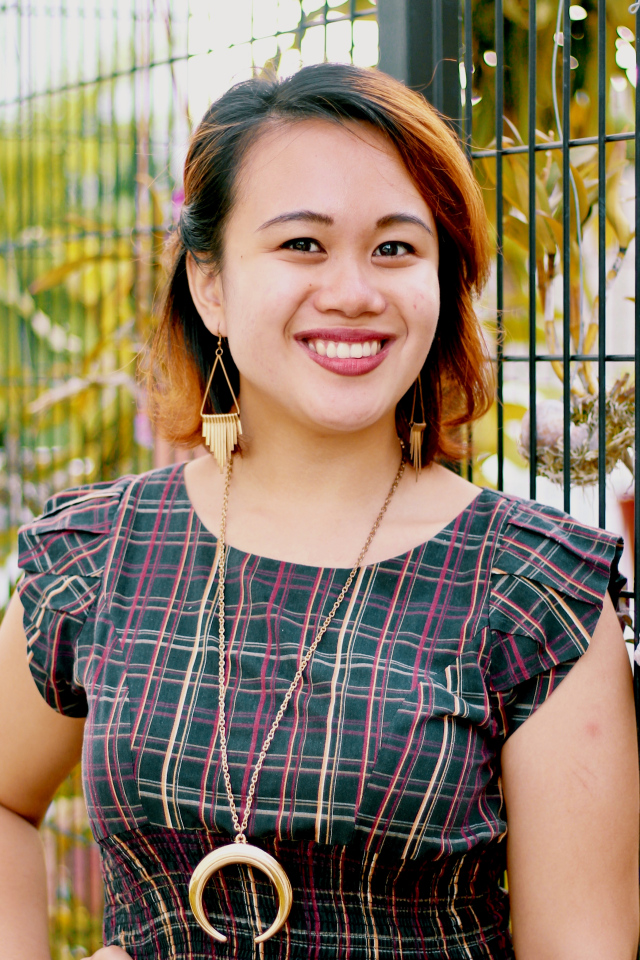 Saza is a Senior Executive of service learning at Republic Polytechnic in Singapore. She recently graduated from Yale-NUS College where she spent much of her college life developing her thesis on female genital cutting in Singapore. A highly under-researched, misunderstood and personal issue, Saza sought to understand the reasons behind this practice. Saza is passionate about women’s rights and empowerment and seeks to assist marginalized populations as much as possible.
Saza is a Senior Executive of service learning at Republic Polytechnic in Singapore. She recently graduated from Yale-NUS College where she spent much of her college life developing her thesis on female genital cutting in Singapore. A highly under-researched, misunderstood and personal issue, Saza sought to understand the reasons behind this practice. Saza is passionate about women’s rights and empowerment and seeks to assist marginalized populations as much as possible.

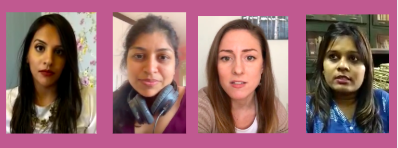
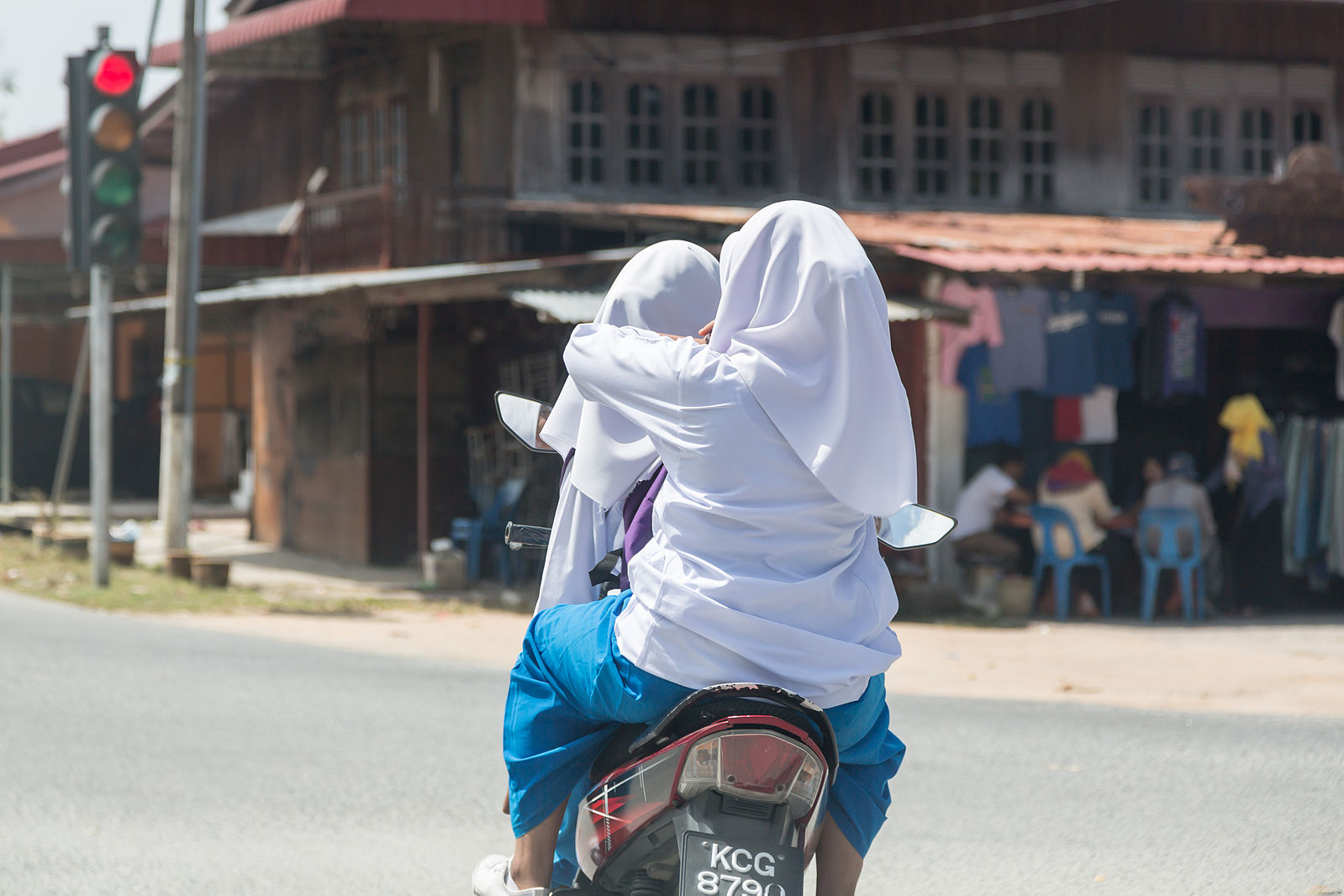


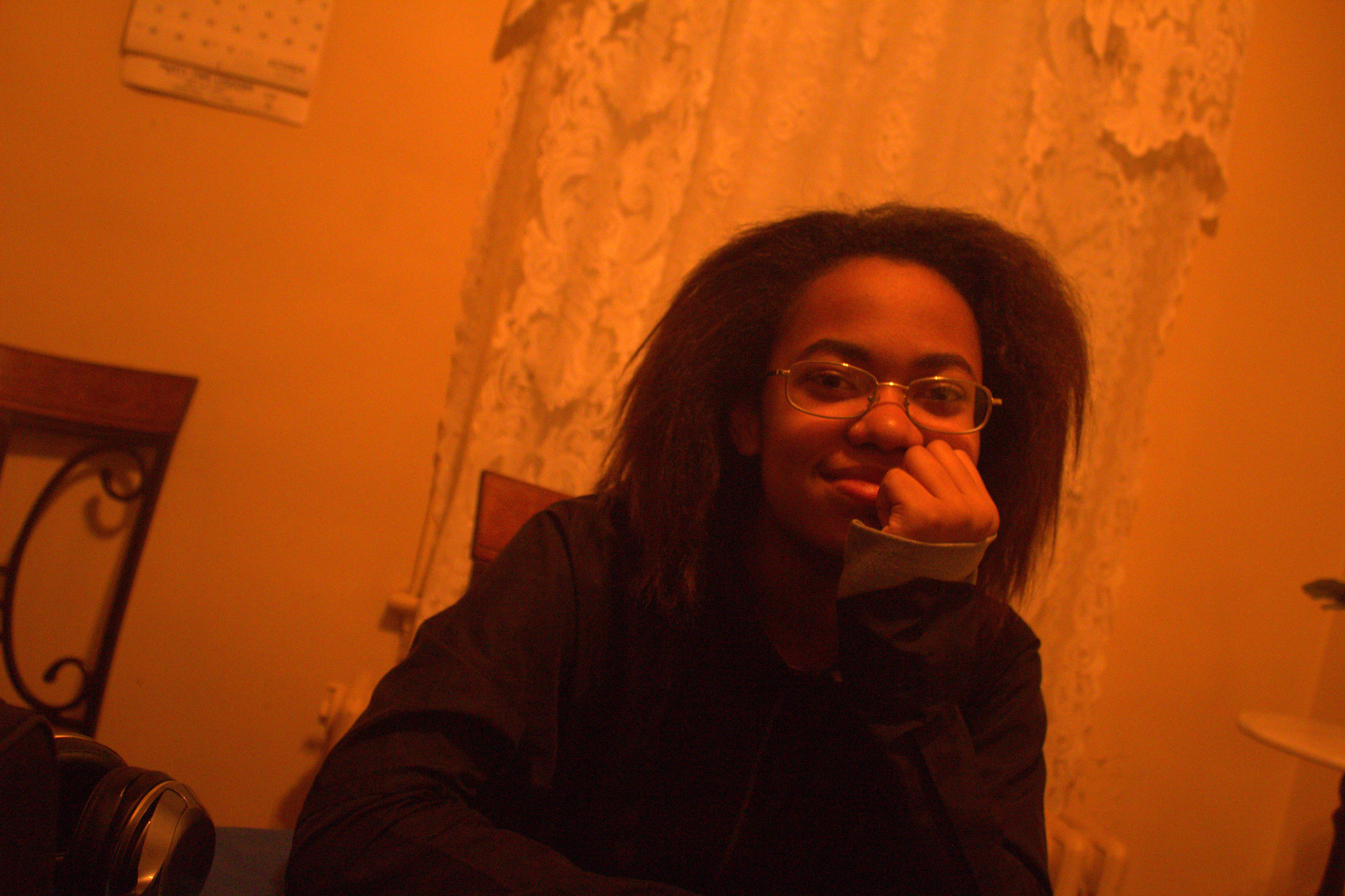 More on Brionna:
More on Brionna:

